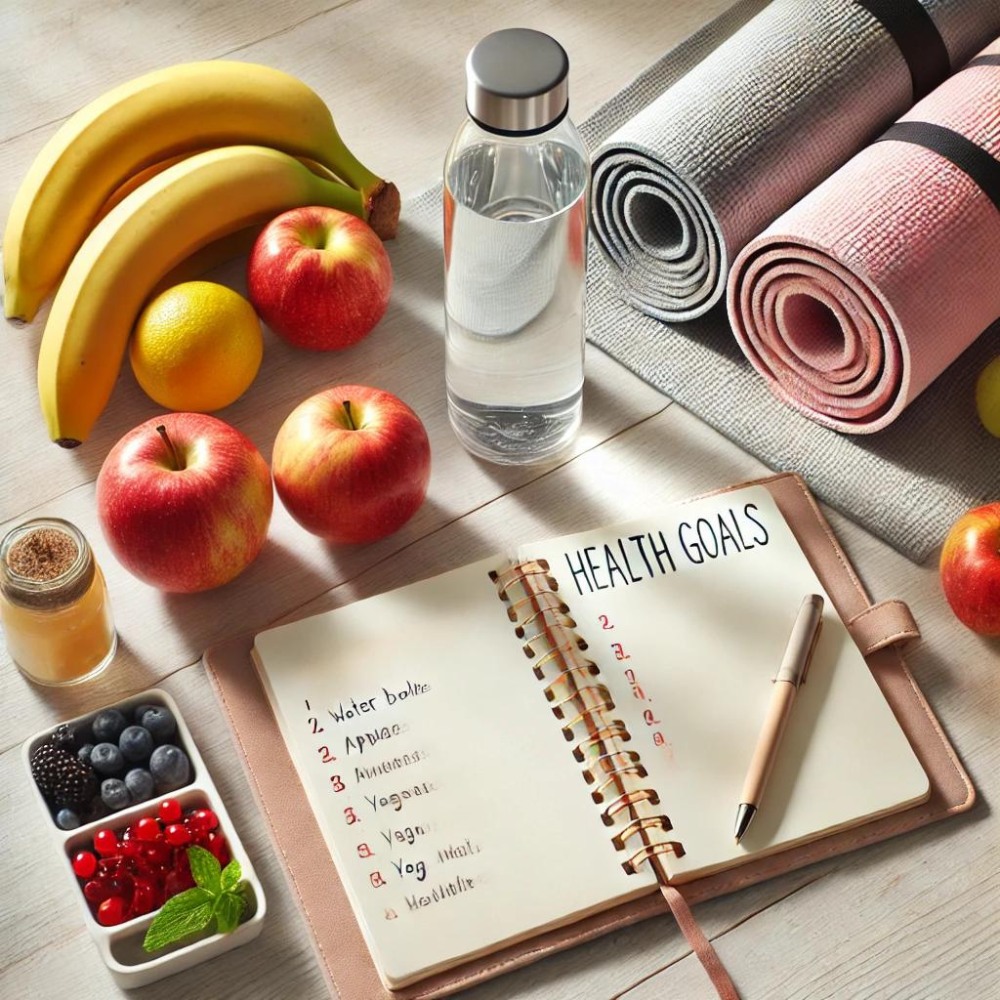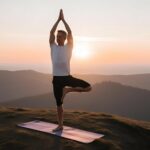Disclosure:
Thank you for reading this post, don't forget to subscribe!
Some of the links on this website are affiliate links. This means that if you click on the link and make a purchase, we may receive a small commission at no extra cost to you. Your support helps us keep the site running.Learn more on my Privacy Policy and Affiliate Disclosure page. Thank you for your support!
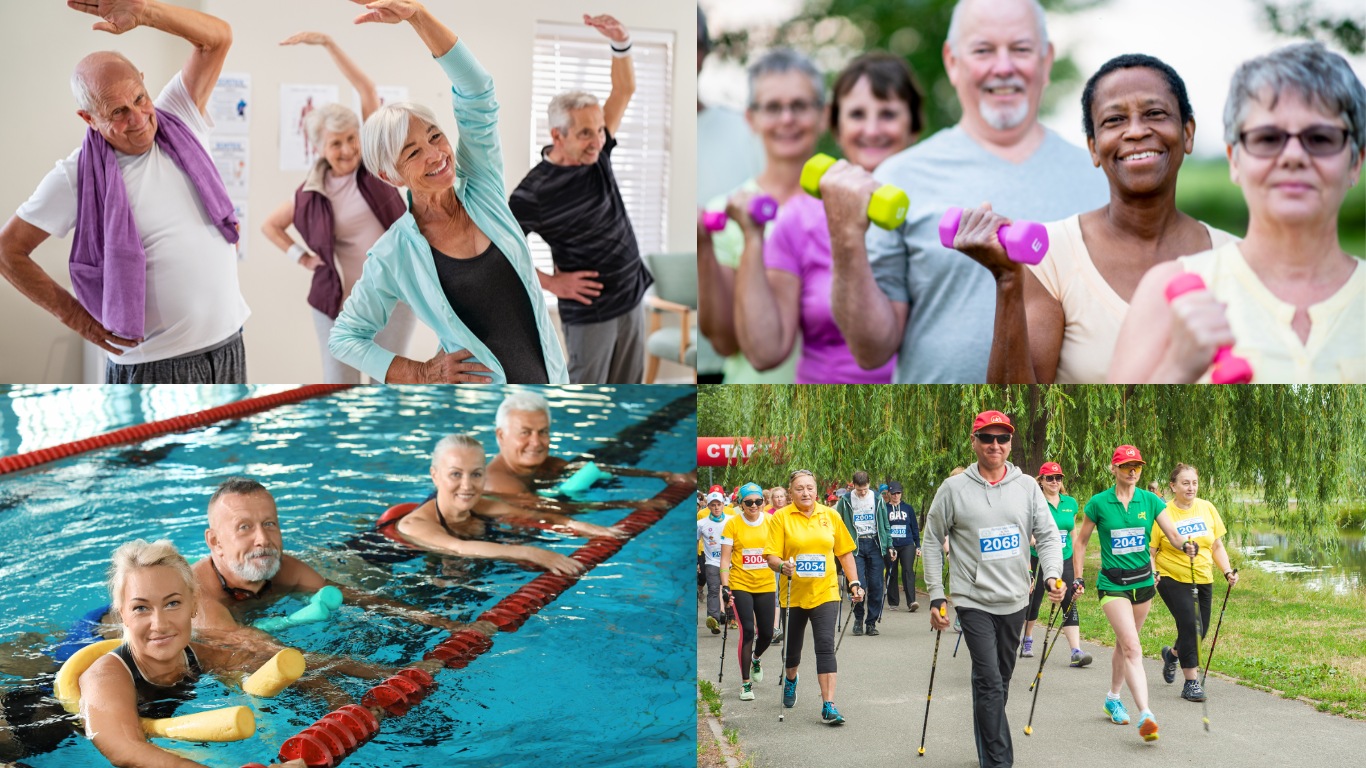
Aging is an inevitable part of life, but how we age is largely influenced by our lifestyle choices. One of the most effective ways to age gracefully and maintain good health is through regular exercise. Not only does exercise help us maintain physical strength, but it also has profound effects on our mental, emotional, and social well-being. In this article, we’ll explore why exercise is so essential for aging gracefully and how it can impact your quality of life.
As we age, our bodies undergo numerous changes—muscles lose mass, bones become more fragile, and metabolism slows down. This doesn’t mean that aging has to come with a loss of vitality or independence. Exercise is one of the most potent tools for counteracting the negative effects of aging, helping us stay strong, mobile, and mentally sharp.
The benefits of exercise go beyond just physical fitness. It also plays a critical role in improving cognitive function, reducing stress, and boosting overall mood. Let’s dive into the specifics of how exercise can help you age with grace.
check out: How Can Strength Training Improve Overall Wellness? – A relevant piece that connects fitness and overall health.
The Physical Benefits of Exercise in Aging
Maintaining Muscle Mass and Strength
As we age, muscle mass tends to decrease—a process called sarcopenia. Regular resistance training, like weight lifting or bodyweight exercises, can combat this loss by stimulating muscle growth and increasing strength. Even light strength exercises like lifting soup cans or using resistance bands can make a big difference over time.
Improving Cardiovascular Health
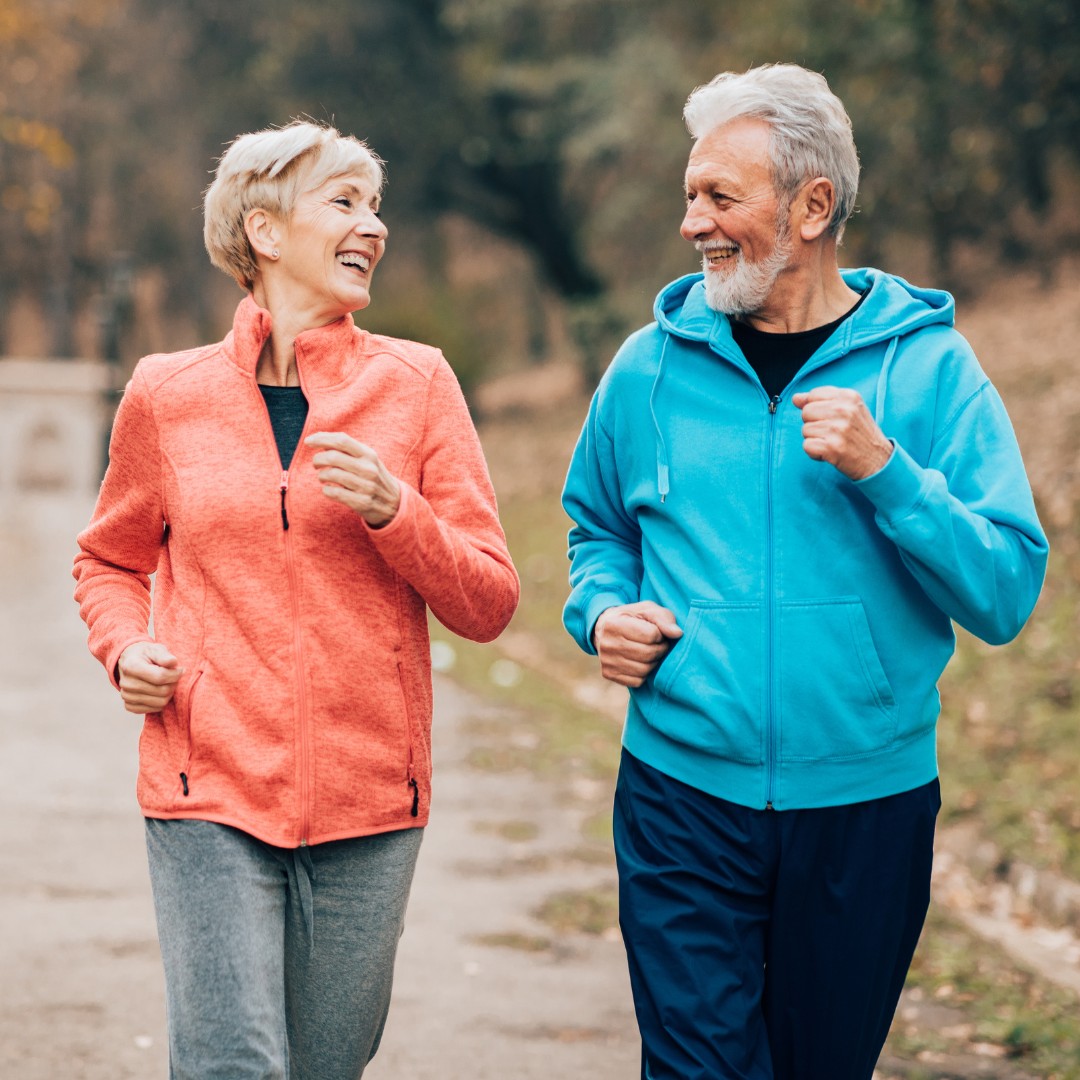
Heart disease remains one of the leading causes of death in older adults. Engaging in cardiovascular exercises like walking, swimming, or cycling helps keep the heart strong, reduces blood pressure, and improves circulation. These activities can significantly lower the risk of heart disease, stroke, and high cholesterol, helping older adults maintain a healthy heart well into their senior years.
Enhancing Flexibility and Balance
Falls are a major concern as we age, but exercises that enhance flexibility and balance can reduce the risk. Activities such as yoga or tai chi not only improve joint flexibility but also enhance coordination, making it easier to move around safely and confidently.
Read more about: Exercise and Physical Activity-National institute of aging.
related article from outside network:
Exercise and Cognitive Health
Reducing the Risk of Dementia
One of the most significant concerns for older adults is the potential decline in cognitive health. Studies show that regular physical activity can reduce the risk of developing dementia and Alzheimer’s disease. Exercise increases blood flow to the brain, stimulating the growth of new brain cells and connections, which helps preserve memory and cognitive abilities.
Boosting Memory and Learning
Exercise has been shown to improve neuroplasticity, the brain’s ability to adapt and form new neural pathways. This helps older adults not only retain their memory but also enhances their capacity to learn new things. Simple activities like brisk walking or dancing can trigger these positive changes in the brain.
Mental Health and Exercise in Older Adults
Managing Anxiety and Depression
Mental health challenges like anxiety and depression can intensify with age, especially when compounded by loneliness or health issues. Exercise helps release endorphins, the body’s natural feel-good chemicals, which combat these feelings and promote a positive mindset.
find out more about: Aging and the benefits of exercising-mayo clinic.
Boosting Mood and Self-Esteem
Staying physically active can do wonders for your emotional well-being. Regular exercise enhances self-esteem by improving body image, physical capability, and social interaction. It also gives a sense of accomplishment, which can boost overall happiness and life satisfaction.
Social Benefits of Exercise for Seniors
Building Community Through Group Activities
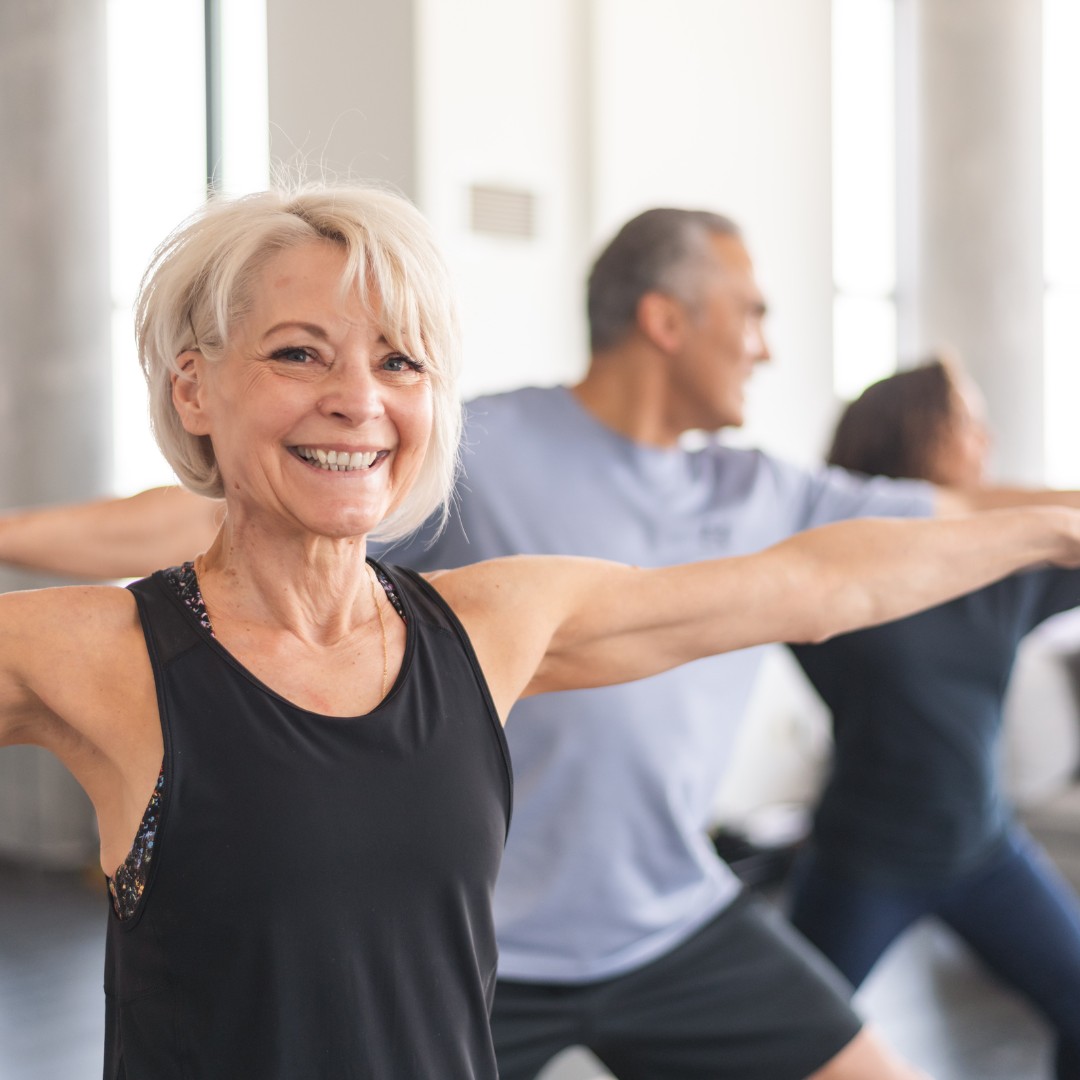
Exercise doesn’t have to be a solo activity. Group fitness classes, walking clubs, or dance groups provide an excellent opportunity to meet new people and create friendships. Being part of a community fosters a sense of belonging and can be a source of joy and support for seniors.
Reducing Loneliness and Isolation
Many older adults experience loneliness as family members move away or social circles shrink. Regular exercise groups or activities help reduce isolation by encouraging social interaction and connection. Even something as simple as walking with a friend can improve mental well-being.
read next:
Types of Exercise Suitable for Older Adults
Aerobic Activities
Aerobic exercises like walking, swimming, or cycling get the heart pumping and improve cardiovascular health. These low-impact activities are gentle on the joints but highly effective in maintaining fitness levels.
discover more about: Cross-Training: How to Incorporate Variety into Your Fitness Routine – cross-training as a way to stay fit while aging.
Strength Training
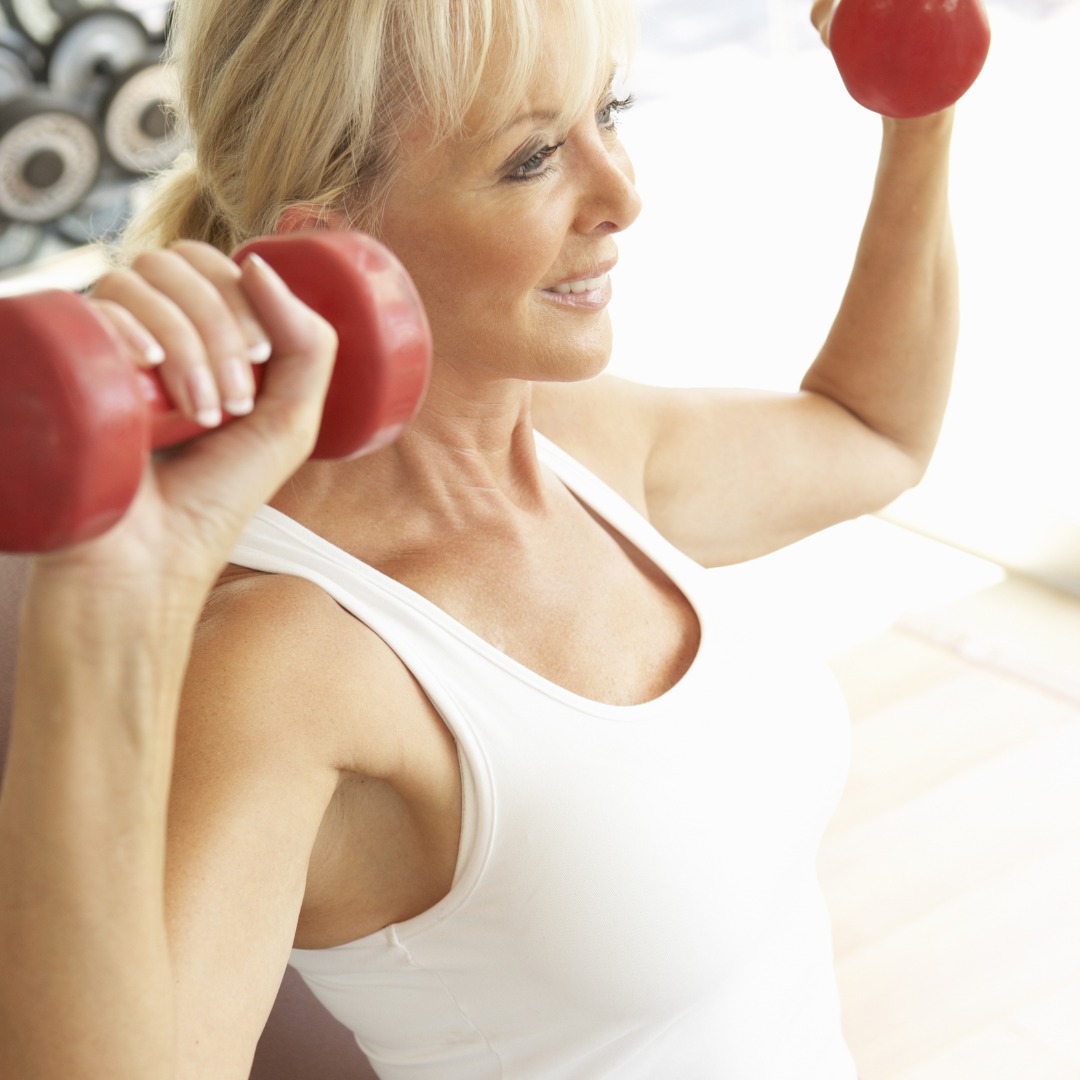
Building muscle is crucial as we age. Simple strength exercises, whether using weights or body weight, help preserve muscle mass, increase bone density, and improve posture. This type of exercise is also beneficial for preventing osteoporosis and enhancing mobility.
Flexibility and Balance Exercises
Yoga and tai chi are ideal for improving flexibility and balance. These practices also enhance body awareness and can reduce the risk of falls, which are common in older adults.
How to Start an Exercise Routine as You Age
Consulting with Healthcare Providers
Before starting any new exercise regimen, it’s essential to consult with a doctor, especially if you have pre-existing health conditions. They can provide personalized advice and recommend exercises suited to your fitness level.
Setting Realistic Goals
It’s important to start slow and set achievable goals. Whether it’s a daily 10-minute walk or attending a weekly yoga class, consistency is key. Gradually increasing intensity and duration over time is the best way to see long-term benefits.
Safety Tips for Older Adults
Ensuring proper form and technique is critical to prevent injury. Wearing supportive footwear, warming up before exercise, and cooling down afterward can help prevent strains and falls. Don’t push yourself too hard—listen to your body and rest when needed.
Overcoming Common Barriers to Exercising in Old Age
Physical Limitations
Chronic pain, arthritis, or mobility issues can deter many seniors from exercising. However, there are adaptive exercises and modifications for almost every type of physical limitation, allowing you to stay active without aggravating existing conditions.
Lack of Motivation
Staying motivated can be a challenge, especially when dealing with fatigue or low energy. Joining a group, hiring a trainer, or setting small rewards for completing workouts can help keep you on track.
Fear of Injury
Many older adults worry about getting hurt during exercise. Starting with low-impact activities like swimming or chair-based exercises can ease this fear, allowing you to gain confidence and build up to more strenuous activities.
Exercise and Longevity: The Science Behind It
Exercise and Cellular Aging
Research has shown that exercise can actually slow cellular aging. Physical activity stimulates the production of mitochondria, the powerhouses of our cells, which helps prevent the shortening of telomeres—a key factor in aging.
Lowering the Risk of Chronic Diseases
Regular physical activity can significantly reduce the risk of chronic conditions like diabetes, arthritis, and cardiovascular disease. It improves insulin sensitivity, lowers inflammation, and strengthens the immune system.
explore more:
The Importance of Rest and Recovery
The Role of Sleep
Sleep becomes even more important as we age, aiding in recovery from physical activity and maintaining cognitive function. Exercise can help improve sleep patterns, leading to deeper, more restorative rest.
Active Recovery for Older Adults
Incorporating gentle activities like walking or stretching on rest days can promote recovery and reduce muscle stiffness. This balance between exercise and rest ensures that your body stays strong without being overworked.
Nutrition and Exercise in Aging
Supporting Exercise with Proper Diet
A balanced diet rich in protein, fiber, and healthy fats is essential to fuel your workouts and support muscle recovery. Nutrient-dense foods provide the energy and nutrients needed for an active lifestyle.
Hydration Needs for Older Adults
As we age, our sense of thirst diminishes, so staying hydrated can be a challenge. Drinking water before, during, and after exercise is crucial for preventing dehydration, which can lead to fatigue or confusion.
The Psychological Benefits of Setting Fitness Goals
Developing a Sense of Purpose
Setting fitness goals, no matter how small, can provide a sense of purpose and direction in daily life. Whether it’s walking a certain distance or mastering a yoga pose, these goals offer a rewarding sense of achievement.
Boosting Self-Confidence
Accomplishing fitness milestones boosts confidence and self-esteem. It’s empowering to see your progress and realize that age doesn’t have to limit your physical abilities.
Stories of Seniors Thriving Through Exercise
Inspirational Case Studies
Many older adults have transformed their lives through exercise. From seniors running marathons to others discovering a passion for yoga in their 70s, these stories remind us that it’s never too late to start.
Real-Life Examples of Transformation
Take for example, a 65-year-old man who took up swimming after retirement and now competes in local races. Or the 70-year-old woman who, after battling arthritis, began strength training and now feels stronger than ever.
helpful resource:
Go4Life by NIH-An initiative from the National Institute on Aging designed to help seniors start and sustain an active lifestyle, with free workout videos and printable resources.
SilverSneakers-A fitness program specifically designed for older adults, offering access to gyms, fitness classes, and virtual workouts across the U.S.
Conclusion
Aging doesn’t mean losing vitality or independence. With regular exercise, you can maintain physical, mental, and emotional health well into your later years. Whether it’s walking, swimming, or simply stretching, the important thing is to stay active. Embrace exercise as a part of your daily routine, and you’ll find yourself aging gracefully, with strength, confidence, and joy.
FAQs
- What are the best exercises for older adults? Low-impact exercises like walking, swimming, yoga, and strength training are ideal for seniors.
- How often should seniors exercise? It’s recommended that seniors engage in moderate physical activity for at least 150 minutes a week.
- Can exercise reverse some effects of aging? While it can’t stop aging, exercise can certainly mitigate many of its physical and cognitive effects.
- Is strength training safe for seniors? Yes, when done properly, strength training is safe and beneficial for seniors, improving muscle mass and bone density.
- What are the signs that an older person is over-exercising? Signs include fatigue, joint pain, and difficulty recovering from workouts. It’s important to rest and listen to your body.
more about:
HEALTH / FITNESS / WELLNESS / NUTRITION
SHARE THIS ARTICLE

